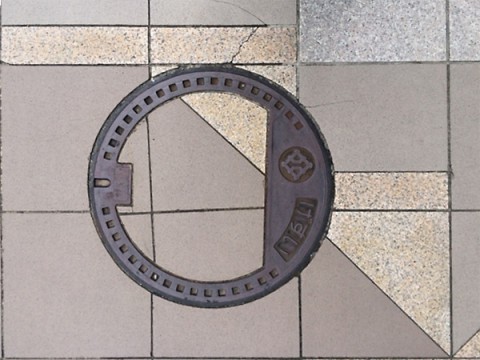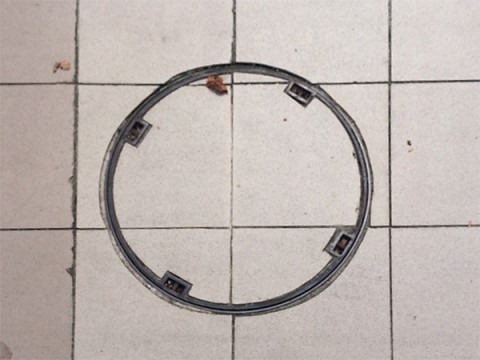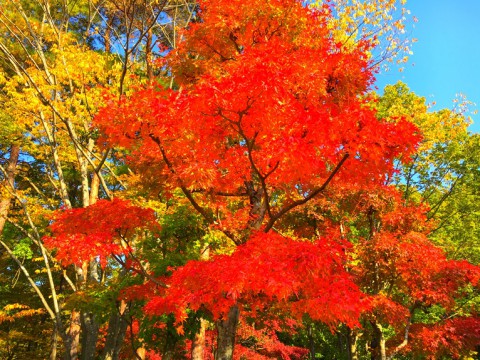I read the “Temple of the Wild Geese” written by Tsutomu Mizukami, who was one of Fukui Prefecture’s representative authors, on this occasion when we created the video, ”Walk around Kyoto after reading the books by Tsutomu Mizukami"
I guess that there is nothing left to say about its picturesque description and unimagined plot in the climax of the story. Meanwhile, Mizukami’s own background borrowed its main character Jinen and how influential such a one to him was is endlessly interesting to me.
Mizukami was sent to a Zen temple in Kyoto as a trainee priest when he was nine years old. His family was very poor that they would be given change by the head of the ward
doing errands. And, a child of just nine who would be nestled up to his mother walks in the snow to go to a strange temple far away. It is a very pitiable scene. I think that there are no longer such children. But at that time, actually such children as Mizukami might have been. When he looked the ticket gate out of the window in the train, he saw his mother was standing there.
While I read the novel, words such as the following from Freudian theory within my mind which a psychologist Shu Kishida mentioned in a book “ Great expressionists had problems in parent-child relationship when they were young”. Another popular Japanese author, Osamu Dazai was, too.
Tsutomu Mizukami mentioned as follows in “The Truth of the Temple of the Wild Geese” by Osamu Tsukasa and in the postscript of his collected edition.
“ I have too many tough times so I can’t talk about overcoming them. I can’t do anything.”
“ As I wrote in [The Temple of the Wild Geese], the chief priest tie a cord to my arm to
wake me up. It was hard for me.”
“In my lifetime, from nine to nineteen years old, during mentally formation,
about human suffering problem that the temple taught me, I cannot get out of mind as if it was nothing. The part will follow me all my life and it will be put in my coffin.”
In the book “The Truth of the Temple of the Wild Geese”, a chief abbot, Raitei Arima of Shokokuji Temple in Kyoto, who appeared on this site “GEN” contributed an article titled “Mizukami Literature and Zen” as follows.
“Although my generation was different, I have a certain similarity to Mizukami-san
And, the feelings for mother have common. Mizukami attaches to his mother.
I am too. Mizukami-san calls himself “apostate”. But I think it’s all right.
If he had taken the path of Zen, he must have been a foremost Zen monk.
I’m glad that he became a first-class author but I wanted him to live as
a Zen monk. If he had gone on that way, probably he had changed the Zen circle.
I think he is such an excellent person.”

The chief priest Shoan Yamamori of Zuishunin, Shokokuji Temple(the photo above), who was the model of “The Temple of the Wild Geese” was hit and killed by a car in Kyoto in 1959.
“The Temple of the Wild Geese” was released in 1961 and won the Naoki Award in the same year. (H.S)






